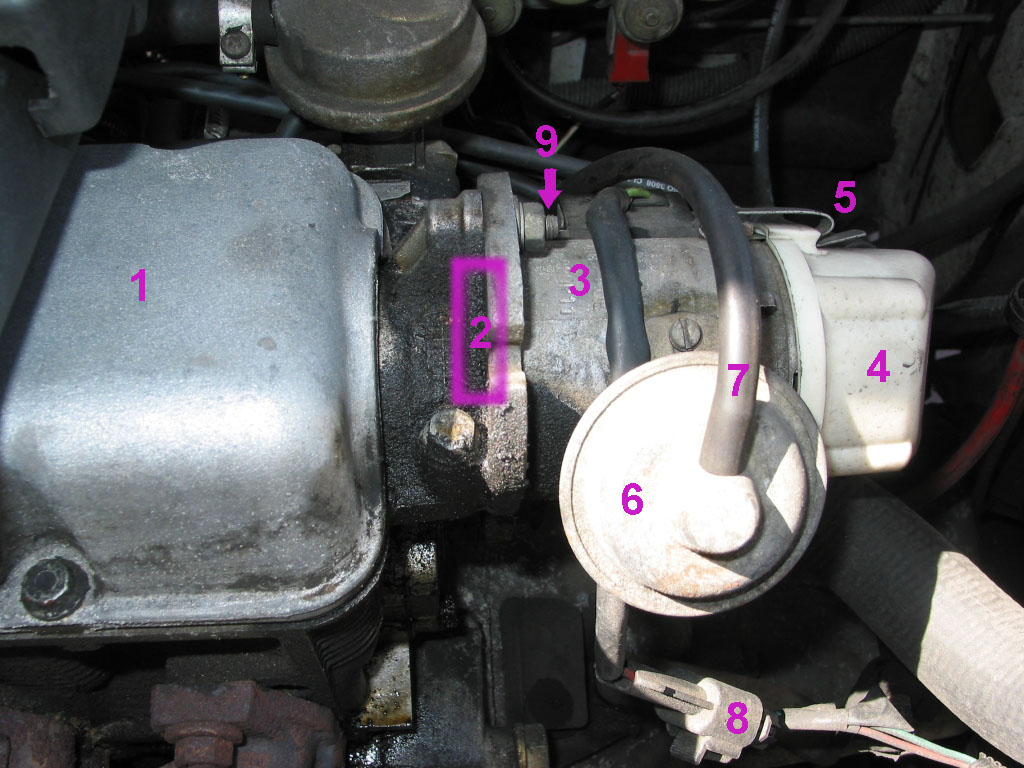Hi, we are new to the FFs, and new to Fiat, due to a complete MOT failure, we needed a decent economically priced car to see us through for a while. We managed to get a Uno ie start 1.0l. It was fine until we filled the tank right up, and it started to loose a lot of fuel. Also, in the mornings, it starts ok, but then when we go to move off, it looses all power, then cuts out, its ok when warmed up. The idle tick over seems quite high, been unable to find adjustment screw. It seems also to be using quite a lot of fuel, there is no obvious pertol smells eg flooding, checked the air filter and the plugs, even inflated the tyres a bit more, but everything seems to be ok. When we filled the tank, where the pipe enters the fuel tank it seems to have a leak, but when levels drop below half a tank, the leak goes away.
What is the normal mpg on this model?
Can anyone shed any light? Are these common problems?
Thanks
:bang:
What is the normal mpg on this model?
Can anyone shed any light? Are these common problems?
Thanks
:bang:


